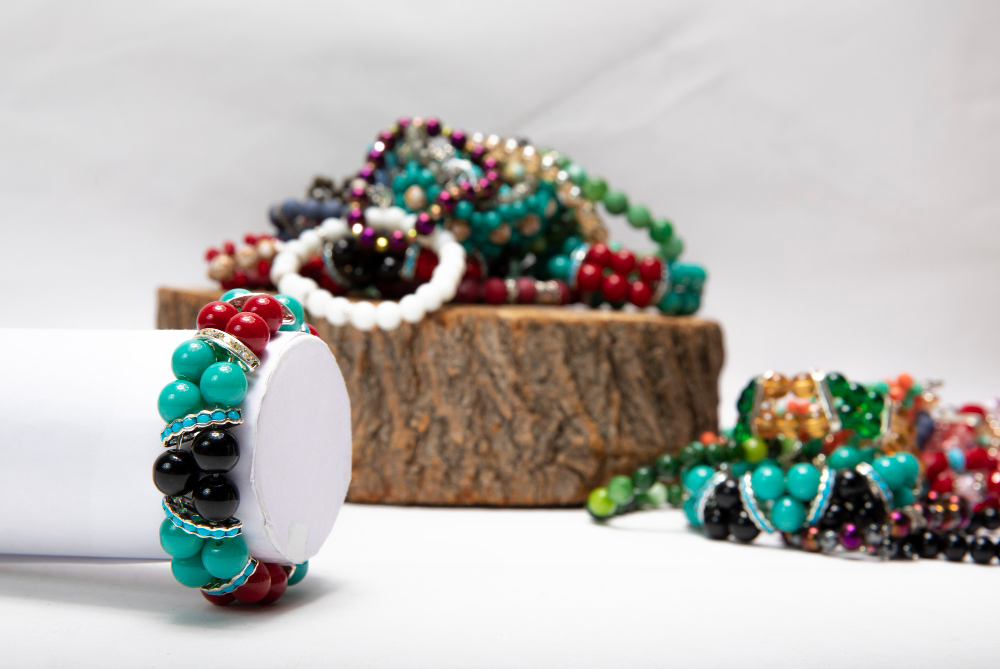The art of making jewelry is a fascinating and intricate craft that involves designing, creating, and assembling pieces of adornment using various materials. Jewelry making has been practiced for thousands of years, with different techniques and styles evolving throughout history. Here’s an overview of the art of making jewelry:
- Design: The process begins with the creation of a design concept. Jewelry designers use their creativity and artistic skills to sketch or digitally render their ideas. They consider factors like aesthetics, wearability, materials, and target audience during this phase.
- Materials: Jewelry can be made from a wide range of materials, including precious metals like gold, silver, and platinum, as well as gemstones, beads, pearls, and even non-traditional materials like wood, glass, or ceramics. The choice of materials depends on the desired design, budget, and personal preferences.
- Metalwork: Metalwork is a crucial aspect of jewelry making. Depending on the design, jewelry makers use techniques such as casting, forging, soldering, and welding to shape the metal. They may also use specialized tools like hammers, saws, files, and torches to manipulate the metal into the desired form.
- Stone Setting: If the jewelry design incorporates gemstones, a skilled stone setter will carefully place the stones into the metalwork. Setting techniques include prong settings, bezel settings, pave settings, and channel settings. This requires precision and attention to detail to ensure the stones are secure and enhance the overall design.
- Beadwork and Wirework: Jewelry making often involves intricate beadwork and wirework techniques. Beads can be strung together using various stringing materials like wire, thread, or cord, creating necklaces, bracelets, and earrings. Wire can be shaped and formed to create intricate designs or used to connect different components of the jewelry.
- Finishing and Polishing: Once the jewelry piece is assembled, it goes through a finishing process. This involves polishing the metal to remove any scratches or imperfections, giving it a smooth and shiny appearance. Different polishing techniques and tools, such as polishing wheels or tumblers, may be used depending on the type of metal and desired finish.
- Surface Treatment: Jewelry makers can also apply various surface treatments to enhance the appearance of the piece. This may include techniques like engraving, etching, or applying textures to the metal. Surface treatments add depth, uniqueness, and character to the finished jewelry.
- Quality Control and Final Touches: Before the jewelry is considered complete, it undergoes a quality control process. This involves checking for any flaws, loose components, or imperfections. Once approved, any final touches like adding clasps, hooks, or earring posts are made.
- Presentation and Packaging: Finally, the finished jewelry is presented and packaged appropriately. This may include placing the jewelry in a display box or a protective pouch. Jewelry makers often include care instructions, certificates of authenticity (for precious stones or metals), and branding materials.
The art of making jewelry requires a combination of technical skills, artistic vision, and attention to detail. With practice and experience, jewelry makers can develop their own unique style and create stunning pieces of wearable art.
